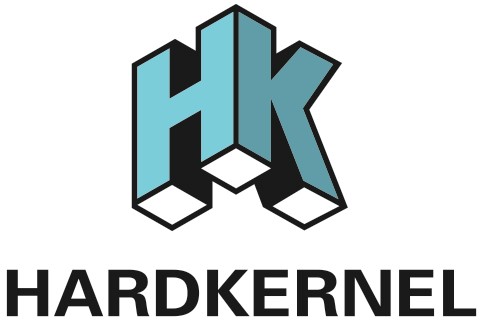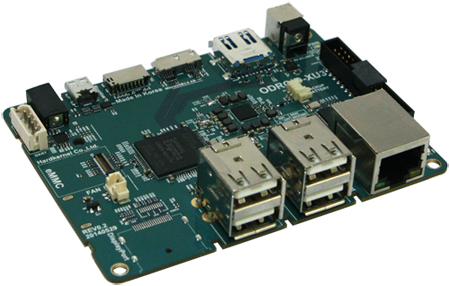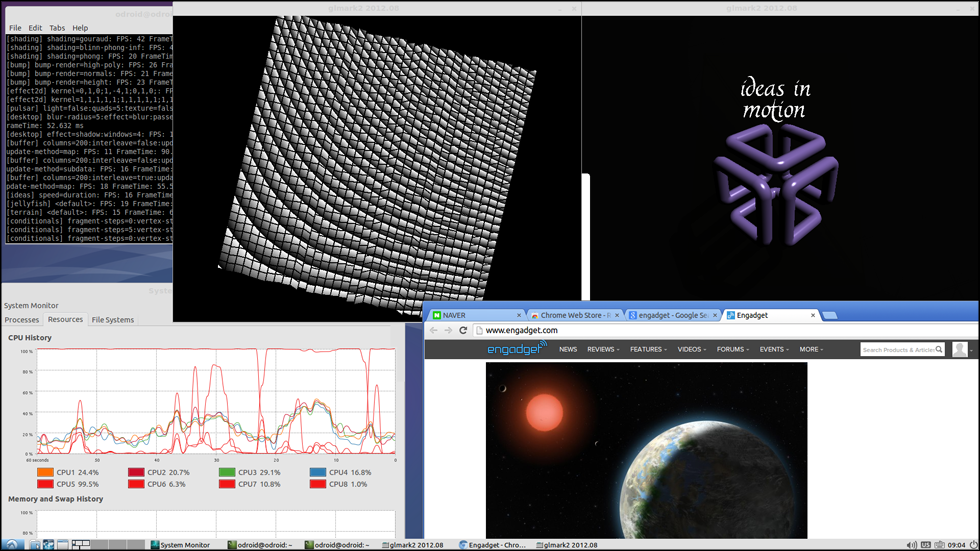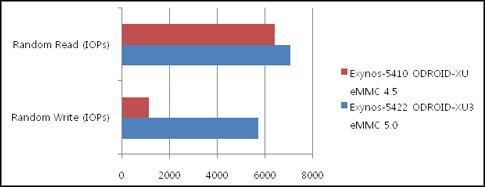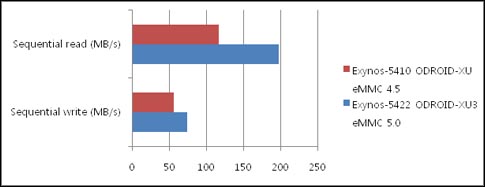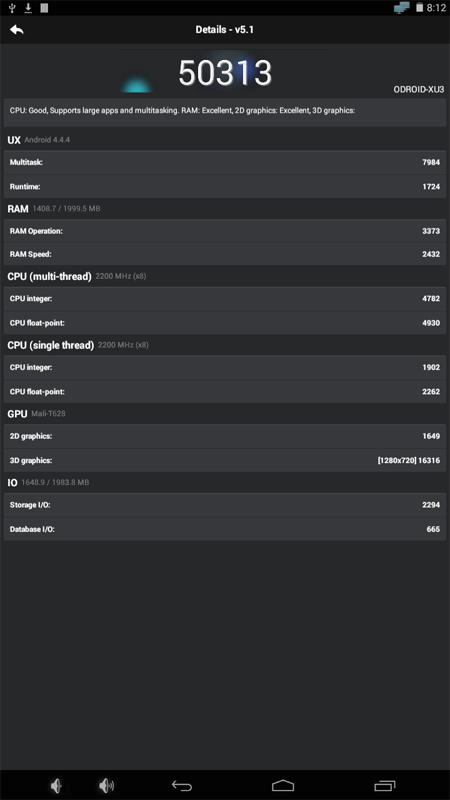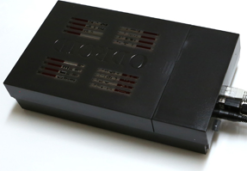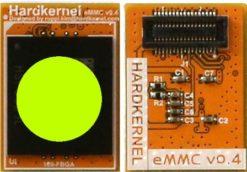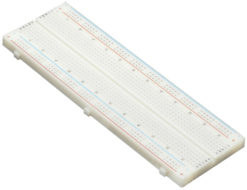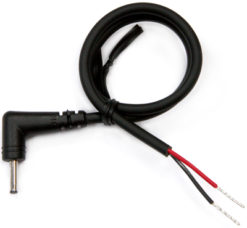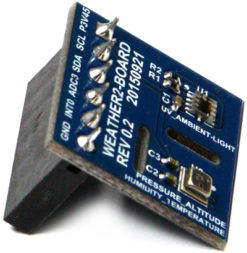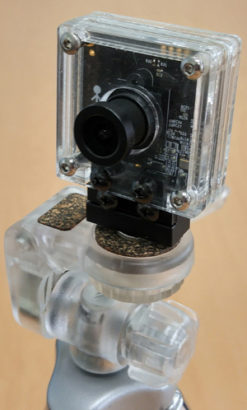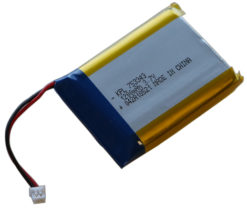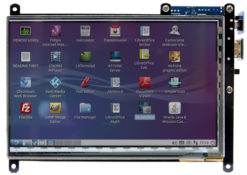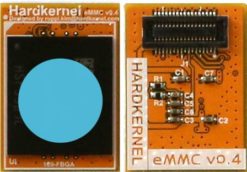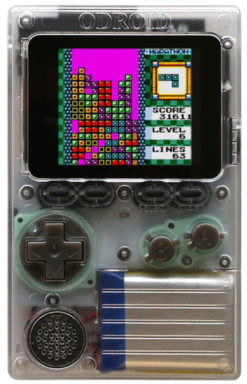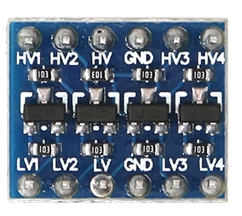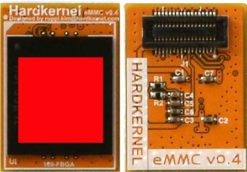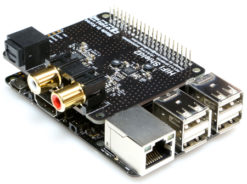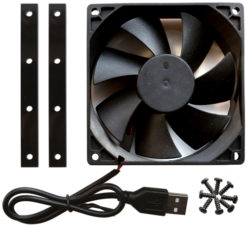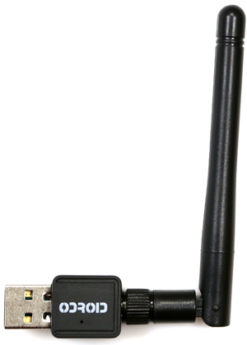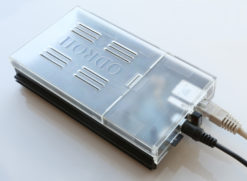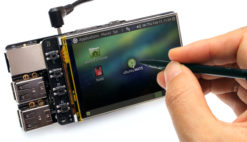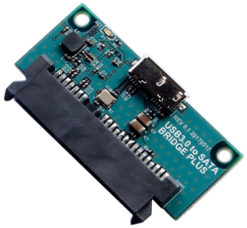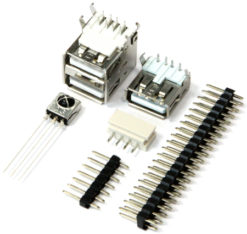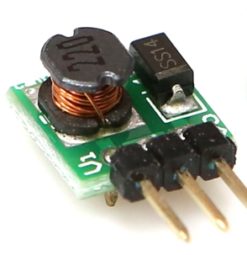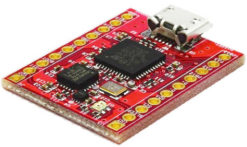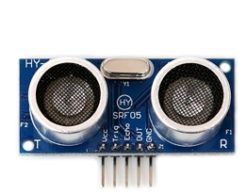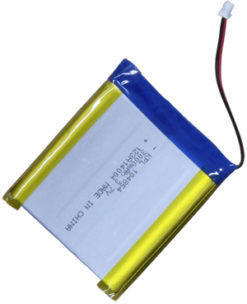(DISCONTINUED)ODROID-XU3 Lite
₩0
OBSOLETED
This product is no longer available.
품절
ODROID-XU3 Lite
is powered by ARM® big.LITTLE™ technology, comes with a Heterogeneous Multi-Processing (HMP) solution.
ODROID-XU3 Lite is the cost-down version of XU3. The Energy Monitoring and Display port features are removed. The maximum operating clock is Slightly lower.
It is a new generation of computing device with more powerful, more energy-efficient hardware and smaller form factor. Offering open source support, the board can run various flavours of Linux, including the latest Ubuntu 14.04 and the Android 4.4. By adopting e-MMC 5.0 and USB 3.0 interface, the ODROID-XU3 boasts fast data transfer speed, a feature that is increasingly required to support advanced processing power on ARM devices that allows users can fully experience an upgrade in computing such as faster booting, web browsing and 3D game experience.
* Samsung Exynos5422 Cortex™-A15 1.8Ghz quad core and Cortex™-A7 quad core CPUs
* Mali-T628 MP6(OpenGL ES 3.0/2.0/1.1 and OpenCL 1.1 Full profile)
* 2Gbyte LPDDR3 RAM at 933MHz (14.9GB/s memory bandwidth) PoP stacked
* eMMC5.0 HS400 Flash Storage
* USB 3.0 Host x 1, USB 3.0 OTG x 1, USB 2.0 Host x 4
* HDMI 1.4a for display
ODROID-XU4 is replacing it with lower price and better performance.
Note!! The package includes a XU3 Lite board, a plastic case, an active cooler, micro HDMI cable(as of 2nd of February, 2015) and 5V/4A PSU. You need additional MicroSD card or an eMMC module to install the OS. We strongly recommend the eMMC module for much higher performance boosting.
The difference between XU3 and XU3-Lite!
1. XU3 maximum-clock frequency is 2Ghz(A15) & 1.4Ghz(A7), while XU3-Lite is 1.8Ghz(A15) & 1.3Ghz(A7).
2. XU3-Lite doesn’t have the DisplayPort functionality.
3. XU3-Lite doesn’t have the Energy-Sensors to measure the A15/A7/GPU/DRAM individual power consumption.
Heterogeneous Multi-Processing (HMP) solution
ODROID-XU3 Lite, equipped with four big cores (ARM® Cortex® -A15™ up to 1.8GHz) and four small cores (ARM® Cortex® -A7™ up to 1.3 GHz), provides improved processing capabilities while maintaining the most efficient power consumption imaginable. With the big.LITTLE™ HMP solution, Exynos-5422 can utilize a maximum of all eight cores to manage computationally intensive tasks.
OpenGL ES 3.0 and OpenCL 1.1 for Linux and Android platforms
The ARM® Mali™-T628 MP6 GPU offers key API support OpenGL ES 1.1, OpenGL ES 2.0 and OpenGL ES 3.0, OpenCL 1.1 Full Profile and Google RenderScript. Mali-T628 is the GPU of choice for use in the next generation of market-leading devices, optimized to bring breathtaking graphical displays to consumer applications such as 3D graphics, visual computing, augmented reality, procedural texture generation and voice recognition. You can download the full featured OpenGL ES and OpenCL SDK from ARM Mali Developer website. It is even free!
Below screen-shot shows the OpenGL-ES + OpenCL + Chromium browser with Ubuntu 14.04 on the HMP enabled Kernel 3.10 LTS.
eMMC 5.0
eMMC uses intelligent flash memory technology that not only offers the capacity to store digital content, but also meets even stricter high sequential and random performance requirements to ensure a strong user experience. This enables fast OS booting, quick application launching, seamless multi-tasking, and quick access to the cloud.
In October 2013 JEDEC published the latest version of its popular eMMC standard: JESD84-B50: Embedded MultiMediaCard, Electrical Standard (5.0). eMMC v5.0 defines several new functionalities and enhancements for embedded mass-storage flash memory widely used in smartphones and other mobile devices; and matches the challenging performance targets required by the next generation of mobile systems by introducing an HS400 mode that offers additional improvement in terms of interface speed (up to 400 MB/s vs 200 MB/s in the prior version). JESD84-B50 is available for free download from the JEDEC website.
http://www.jedec.org/standards-documents/results/jesd84-b50
We’ve compared the performance of eMMC 4.5 with eMMC 5.0 on the ODROID boards.
|
Exynos-5422 OROID-XU3 eMMC 5.0
|
Exynos-5410 OROID-XU eMMC 4.5
|
|
| Sequential write (MB/s) | 74 | 56 |
| Sequential read (MB/s) | 198 | 117 |
| Random write (IOPs) | 5749 | 1144 |
| Random read (IOPs) | 7076 | 6419 |
– Sequential read/write – Random read/write
INTRODUCTION
Ubuntu 15.04 (Vivid Vervet) with MATE desktop
Ubuntu 14.04
Web Browsing and XMBC on Linux
Robot OS : OpenNI and OpenCV
Make 42inch Tablet
Android Portrait Mode
SPECIFICATIONS
| Processor | Samsung Exynos5422 ARM® Cortex™-A15 Quad 1.8GHz / Cortex™-A7 Quad 1.3GHz |
| Memory | 2Gbyte LPDDR3 RAM PoP (933Mhz, 14.9GB/s memory bandwidth, 2x32bit bus) |
| 3D Accelerator | Mali™-T628 MP6 OpenGL ES 3.0 / 2.0 / 1.1 and OpenCL 1.1 Full profile |
| Audio | On-board Audio codec / Standard 3.5mm headphone jack. HDMI Digital audio output. Optional SPDIF optical output (USB module) |
| USB3.0 Host | SuperSpeed USB standard A type connector x 1 port |
| USB3.0 OTG | SuperSpeed USB Micro A-B type connector x 1 port |
| USB2.0 Host | High Speed standard A type connector x 4 ports |
| Display | HDMI |
| Storage (Option) | eMMC module socket : eMMC 5.0 Flash Storage (up to 64GByte) MicroSD Card Slot (up to 64GByte) |
| Fast Ethernet LAN | 10/100Mbps Ethernet with RJ-45 Jack ( Auto-MDIX support) |
| Gigabit Ethernet LAN (Option) | USB3.0 to Gigabit Ethernet adapter (USB module) |
| WiFi (Option) | USB IEEE 802.11b/g/n 1T1R WLAN with Antenna (USB module) |
| HDD/SSD SATA interface (Option) | SuperSpeed USB (USB 3.0) to Serial ATA3 adapter for 2.5″/3.5″ HDD and SSD storage |
| Power (included) | 5V 4A Power |
| System Software | Ubuntu 14.04 + OpenGL ES + OpenCL on Kernel 3.10 LTS Android 4.4.x on Kernel 3.10 LTS Full source code is accessible via our Github. |
| Case (included) | Mechanical case & cooler (98 x 74 x 29 mm approx. ) |
| PCB Size | 94 x 70 x 18 mm approx. (weight: 66 gram approx) |
ODROID-XU3 shows Leading Edge Performance !
연관 상품
Obsolete Products
(DISCONTINUED)ODROID-MC1 : My Cluster One with 32 CPU Cores and 8GB DRAM
Obsolete Products
(DISCONTINUED)ODROID-VU7 : 7inch 800×480 HDMI display with Multi-touch
Obsolete Products
(DISCONTINUED)oCam-1CGN-U Plus : 1MP USB 3.0 Color Global Shutter Camera
Obsolete Products
(DISCONTINUED)ODROID-VU7A Plus: 7inch HDMI display with Multi-touch and Audio capability

 English
English